The traces of Art Deco go back to the 1910s, as everyone was fascinated by the use of new materials, like chrome and stainless steel, and the wonders surrounding modern machinery and technology. It didn’t spread around the world as a movement and earn its official name until 1925 where the Exposition Internationale des Arts Décoratifs et Industriels Modernes took place in Paris.
Art Deco influenced various design fields, including architecture, interior design, fashion, and even industrial design. The movement represented a celebration of modernity, progress, and the exuberance of a post-war era; making it a significant chapter in the history of 20th-century art and design. This article will offer a brief overview of Art Deco in Architecture.
Origins and Influences
Rooted in the aftermath of World War I, the style was heavily influenced by optimism and technological advancements. Art Deco merged influences from various preceding movements such as Art Nouveau, the Bauhaus, and Cubism. It has a rich interplay of decorative ornamentation that was heavily rooted in American Indian, Egyptian, Mesopotamian, and early classical sources. Some of the characteristic motifs used represented nude female figures, animals, foliage, and sun rays, all in conventionalized forms. It was a moment in time when history was revived in a modern way.
Art Deco’s development was not attributed to a single founder but rather to a collective of artists, designers, and architects who were inspired by the blend of modernist principles. They shared the desire to create a style that was both decorative and functional. Among these early pioneers were figures like Emile-Jacques Ruhlmann and Pierre Laurent, the founders of an interior design company that produced luxury home furnishings.
How Do You Identify Art Deco?
Art Deco is characterized by its embrace of symmetry, geometric shapes, and expensive materials that are unusually varied. For example, Art Deco architecture incorporated a mix of man-made substances (plastics, glass, and ferroconcrete) with natural elements (jade, silver, ivory, obsidian, chrome, and rock crystal).
Core Essence and Concept: Art Deco sought to blend artistic beauty with functionality, embodying the spirit of modernity through elegance and innovation. It emphasized the glamor and progress of the new industrial age.
Key Points To Identify Art Deco:
- Geometric patterns and symmetrical designs
- Use of luxurious materials like gold, marble, and lacquer
- Bold color schemes and contrasts
- Streamlined and aerodynamic forms
- Integration of modern technology and materials
- Ornamentation inspired by ancient cultures (Egyptian, Aztec)
Why Was Art Deco Criticized?
While Art Deco was widely celebrated for its bold, luxurious, and modern aesthetic, it also faced significant criticism, particularly in its later years. As the world moved towards World War II, there was a growing shift in design philosophy towards a more practical and socially responsible architecture so functionalism and minimalism began to gain traction. Critics argued that the Art Deco style was overly concerned with surface glamor and aesthetic appeal, it strictly prioritized decoration over functionality. This focus was perceived as insensitively out of touch with the social and economic realities of the time, especially during the Great Depression.
Metals were salvaged to use toward constructing armaments, as opposed to decorating buildings or interior spaces. Furnishings were no longer considered status objects as technological advances allowed for cheaper production of basic consumer items. Essentially, this drove out the need and popularity of Art Deco designers and the movement in its entirety.
In the 1960s, there was a resurging appreciation for Art Deco in architecture. Its echoes can be seen in Mid-Century Modern design, which blended the streamlined aesthetic of Art Deco and the clean simplicity of the Bauhaus. In the 1980s, the Memphis movement, an Italian design and architecture group founded by Ettore Sottsass, also drew inspiration from Art Deco in the creation of their interior designs.
Nonetheless, despite varying criticism, Art Deco’s ability to blend form and function with artistic expression ensured its lasting influence. In a way, it was a never-ending celebration of the potential of technology and what they could create with it. Therefore, it remains an enduring symbol of the glamor and optimism of its era and lives well among the fondly remembered classics.
Notable Art Deco Projects
Palais de la Méditerranée, Nice (1929)
The Palais de la Méditerranée was a grand hotel and casino designed by Charles and Marcel Dalmas. Located on the Promenade des Anglais, its facade is a masterpiece of Art Deco design, featuring elegant geometric patterns, sculptural reliefs, and a symmetrical layout. The building’s monumental scale, with its use of white stone and decorative elements, reflects the luxurious and glamorous spirit of the Art Deco era.
Eastern Columbia Building, Los Angeles (1930)
The Eastern Columbia Building, designed by Claud Beelman, is a landmark of West Coast Art Deco. Known for its striking turquoise gold-trim terracotta exterior, the building’s facade features geometric patterns, stylized sunbursts, and chevrons. The iconic four-sided clock tower, adorned with neon lighting, adds to the building’s grandeur. The Eastern Columbia Building’s bold use of color, ornamental detailing, and streamlined form make it a quintessential example of Art Deco architecture in Los Angeles.
Chrysler Building, New York (1930)
The Chrysler Building, designed by William Van Alen, stands as a masterpiece of Art Deco architecture. At 1,046 feet tall, it was briefly the world’s tallest building. Its distinctive features include the stainless steel spire, which mimics a car radiator grille, and the stylized eagle gargoyles reminiscent of hood ornaments. The facade’s brickwork forms a series of setbacks, creating a dynamic upward movement, while the lobby dazzles with lavish materials like marble, onyx, and steel.
Empire State Building, New York (1931)
Designed by Shreve, Lamb & Harmon, the Empire State Building is another iconic example of Art Deco architecture. Standing at 102 stories, it was the tallest building in the world upon completion. The building’s sleek, tapered design, with its setbacks and strong vertical lines, exemplifies the Art Deco style. The use of stainless steel, aluminum, and limestone, along with the decorative spire, gives the structure its distinctive, modern look. The Empire State Building’s emphasis on verticality and its ornate lobby further highlight its Art Deco roots.
Griffith Observatory, Los Angeles (1935)
Designed by architects John C. Austin and Frederick M. Ashley, the Griffith Observatory was perched on the southern slope of Mount Hollywood. The building exemplifies Art Deco with its forms, symmetrical design, and use of geometric motifs. The exterior features smooth concrete surfaces with intricate metalwork, while the interior showcases decorative murals and ornate ceiling patterns. The observatory’s bold lines and stylized details, combined with its functional purpose, embody the essence of Art Deco architecture.
Palais de Chaillot, Paris (1937)
The Palais de Chaillot, designed by architects Louis-Hippolyte Boileau, Jacques Carlu, and Léon Azéma, was completed in 1937 for the Exposition Internationale. Located on the Trocadéro hill, the building is an exemplary piece of Art Deco architecture with its sweeping curves, symmetrical wings, and use of classical yet modernist elements. The facade is adorned with sculptural reliefs, while the interiors feature grand staircases, elaborate murals, and a harmonious blend of luxurious materials.
Basilica of the Sacred Heart, Brussels (1969)
The Basilica of the Sacred Heart, also known as the Koekelberg Basilica, was designed by architect Albert Van Huffel. Although built over several decades, the influence of Art Deco is evident in its geometric forms, use of modern materials like reinforced concrete, and the incorporation of stylized religious iconography. The basilica’s dome, soaring columns, and extensive use of stained glass windows reflect the Art Deco emphasis on grandeur and innovation.
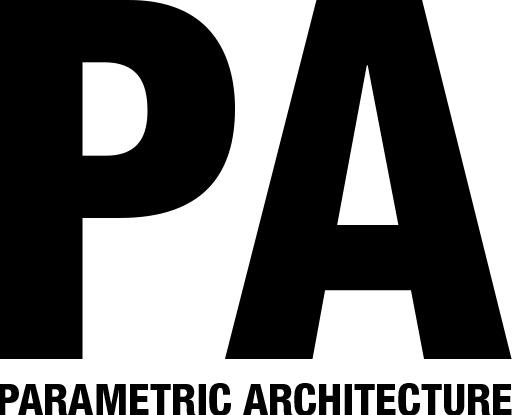





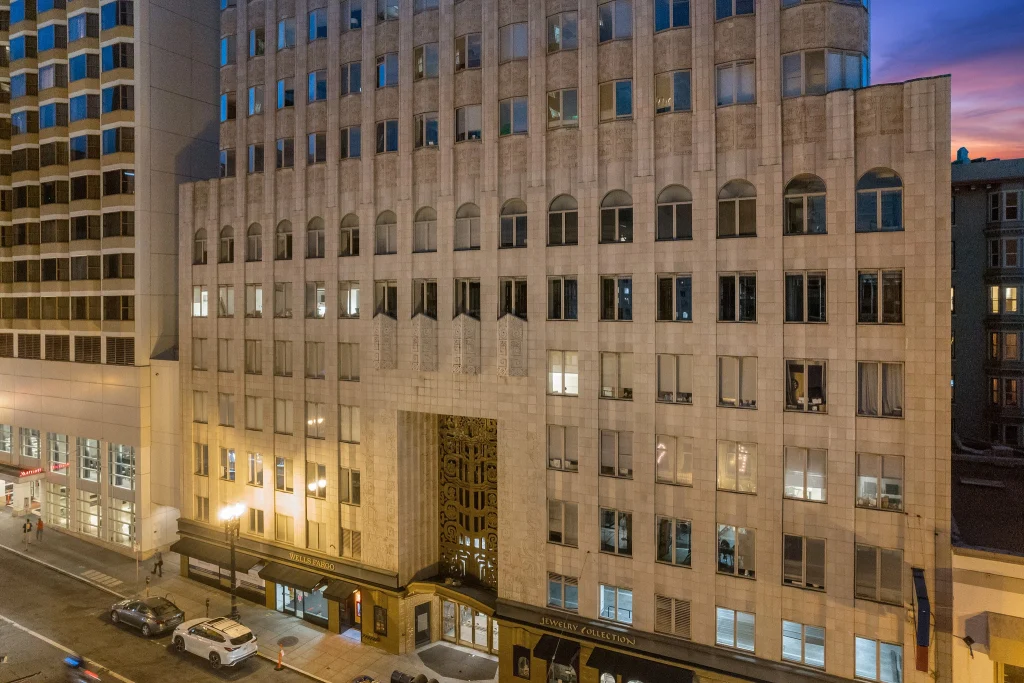
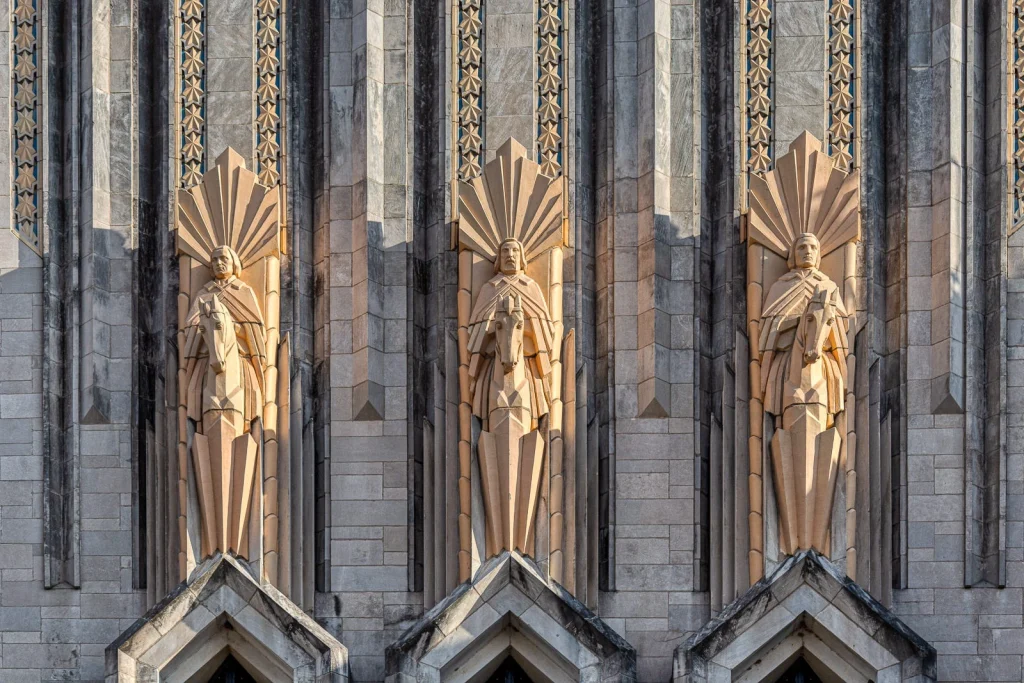

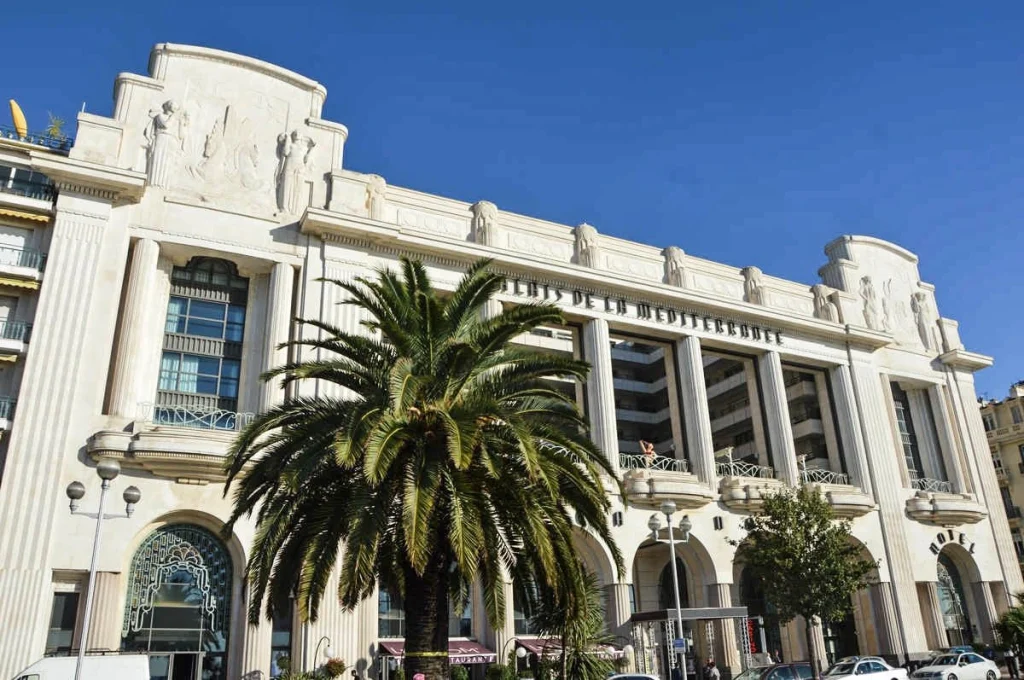


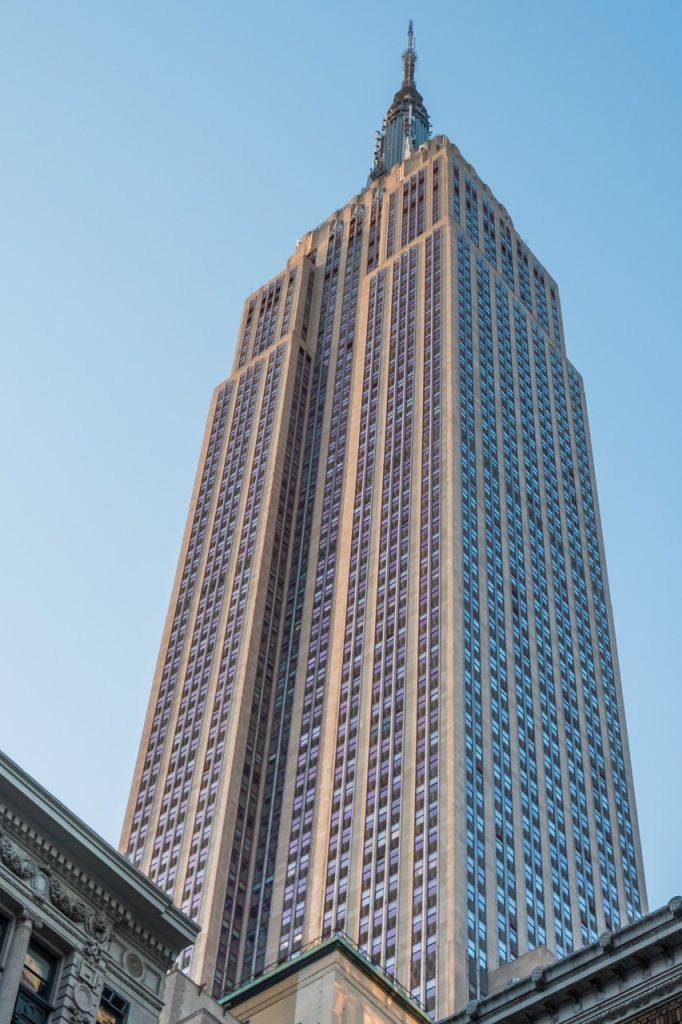


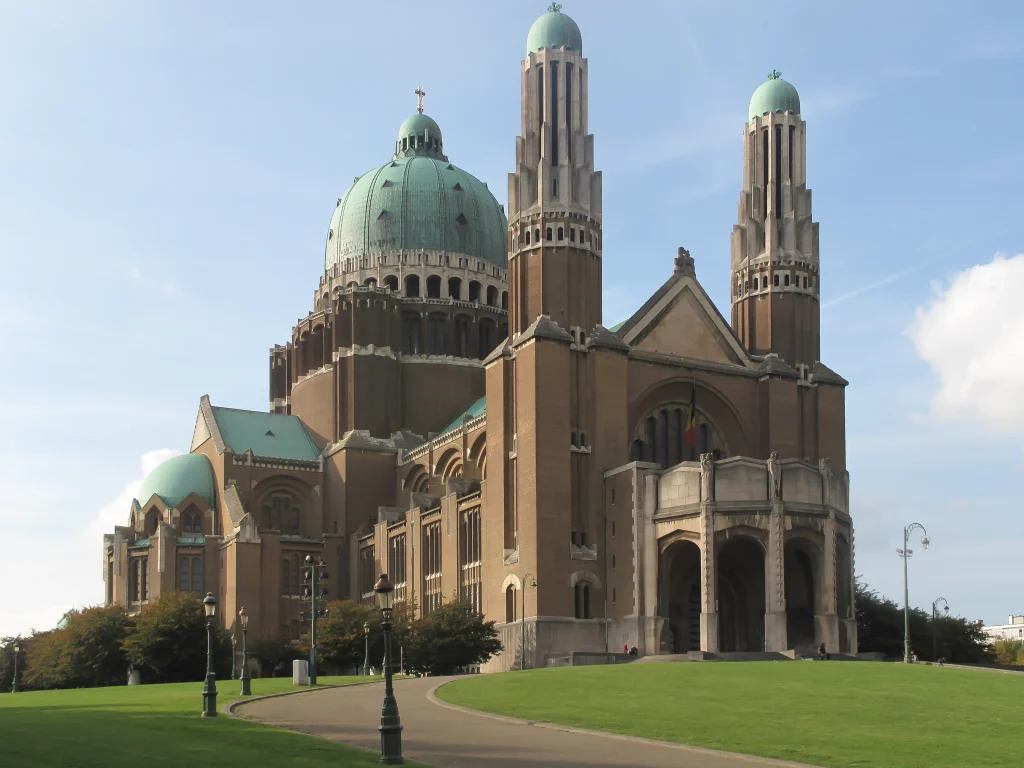

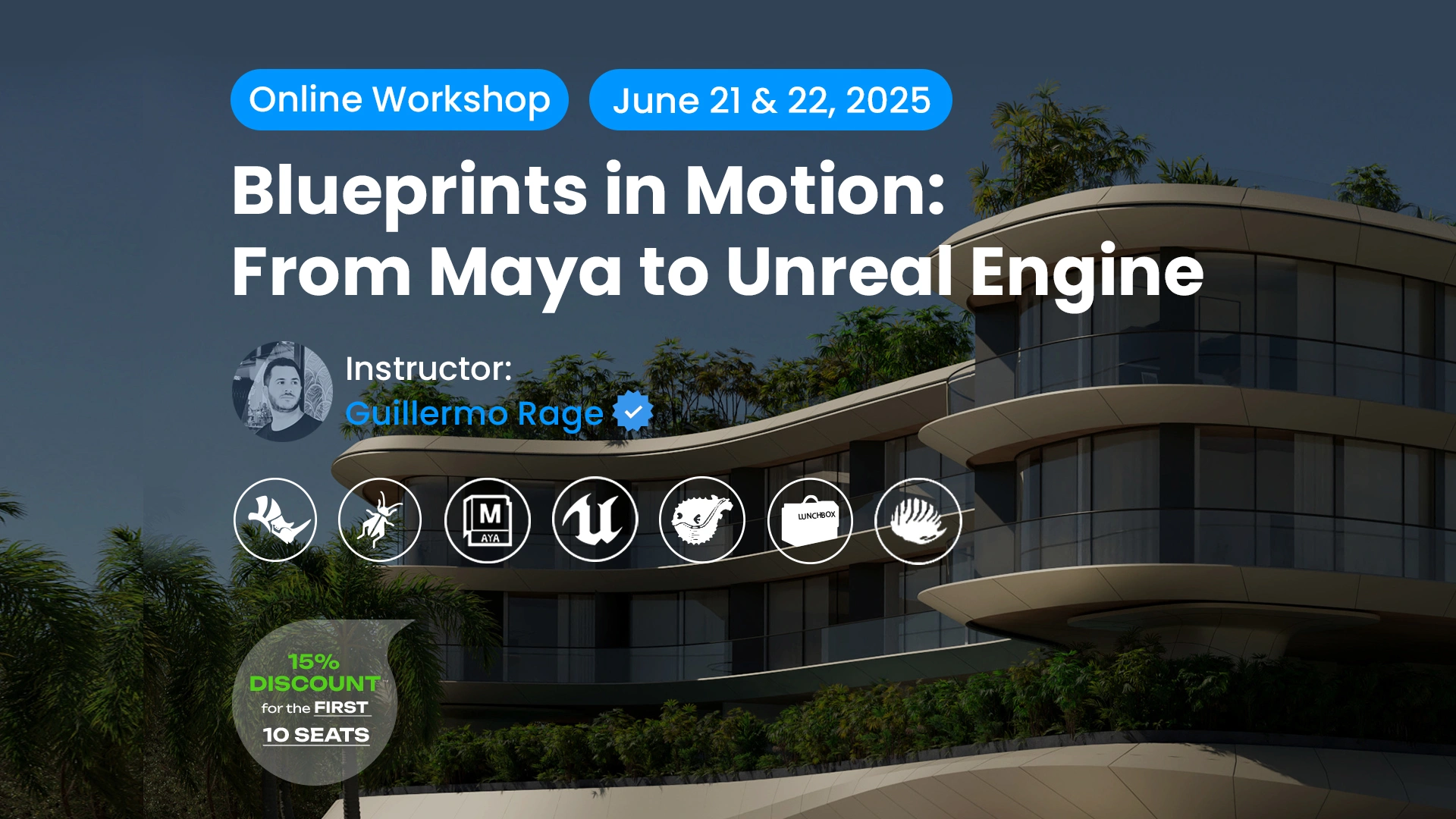


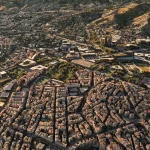









Leave a comment